Situation of "Kodama"(Data Relay Test Satellite: DRTS)
Japan Aerospace Exploration Agency (JAXA)
The followings were reported in the Space Activities Commission held today.
1. Report Items
Current situation of "Kodama" and its future operation were reported.2. Past Progress and Achievements of "Kodama"
"Kodama (Fig.1)" was launched by the third H-IIA rocket on Sept.10, 2002, and completed its maneuvering into the prescribed geostationary position on Oct.11 in that year. Concurrently with and after the geostationary operation, Kodama carried out in-orbit test of its onboard equipment and then entered the normal operation phase on Jan.10, 2003.
On Feb.20, 2003, Kodama performed its first inter-satellite communication test with "Midori II (ADEOS-II)" and successfully relayed image data of earth's surface which was taken by Midori II over the region where NASDA domestic ground stations cannot establish a direct communication link with a satellite. (Fig.2).
Since then, the inter-satellite communications experiments had been continuously performed until the termination of operation of "Midori II" in last October and the on-orbit verification of inter-satellite communication technology developed through "Kodama" was performed. In addition, the basic operation technology of the space communication infrastructure (space network) was obtained and verified through the experimental test.
The followings are main achievements from the operation of Kodama.
(1) High-Speed Data Transmission Technology
Kodama has been developed to achieve a transmission speed exceeding 240Mbps with advanced antenna and relay equipment. With "Midori II", 66 Mbps data transmission was materialized. As for the transmission speed exceeding 240Mbps, it will be verified by the inter-satellite communications experiments with ALOS (Advanced Land Observation Satellite).
(2) High-Accuracy Acquisition and Tracking Technology
A data relay satellite system requires technologies to acquire the target spacecraft accurately and rapidly and to track it continuously. Kodama has been developed to provide high-accuracy Ka-band program tracking function to simplify initial acquisition of the satellite by programmatically calculating the direction of the target spacecraft in advance, in addition to RF Auto-tracking function to perform acquisition and tracking by detecting the signal of the target spacecraft.
As to the inter-satellite communications experiments with "Midori II", the development technology was demonstrated ,achieving the design specifications - program tracking accuracy of better than 0.1°and initial acquisition time of less than 30 seconds.
(3) Space Network Operation Technology
Space network operation expertise has been obtained through development of the operation plan of inter-satellite communications experiments with "Midori II", automatic operation of Kodama including preparation of the experiments based on the plan(setting of ground stations and Kodama's transponders), implementation of the experiments (data relay) and post processing.
3. Current operation situation
After the termination of "Midori II" operation , no inter-satellite communication is able to perform with the spacecraft on the orbit, but the accumulation of basic data such as seasonal variation of inter-satellite link antenna thermal distortion has been continued through communications with an ground inter-satellite communications calibration station (Dummy Satellite Station). Moreover, the continuous technical evaluation of the orbital data of "Kodama" has been implemented, and the evaluation and verification have been made to maintain the function and performance of satellites including the long-term trend.
Especially, in March 2004, as part of the preparation for ALOS operation, the end-to-end experiments were performed between actual ALOS satellite under experiment at Tsukuba Space Center and "Kodama" on the orbit, and it was confirmed that the data transmission speed could exceed 240Mbps, a planned orbital experimental target (fig.3).
4. Current status of on-orbit anomaly
The investigation for the on-orbit anomalies of Kodama, yet uncompleted at time of transition to the operational phase, completed in April 2004. The preventative measures were introduced for these malfunctions and will be reflected in other projects. These malfunctions will not affect on the operation of the satellite and it is expected that "Kodama" would accomplish the 7-year mission. Table 1 shows the investigation results and its preventative measures for these malfunctions.
5. Future operation
"Kodama" will be continuously maintained in sound condition and prepared to ensure the inter-satellite communications experiments with ALOS to be launched and "Kibo", Japan's experiment module to be attached to the International Space Satellite.
| Malfunctions | Effect on operation | Probable causes, treatment and preventative measures | |
|---|---|---|---|
|
1 |
Generated power of the South side solar array paddle lowered twice by 100W each, 200W in total (In Sept. 25, 2002, and Mar. 22, 2003 respectively) |
None | Probable cause:
|
| 2 | During cleaning operation of DC arcjet thruster (unaugmented firing performed at the time of the first operation), malfunction occurred in one thruster. (Catalyst bed temperature decrease . Thrust apporx,1/10) (Oct. 12, 2002) |
None | Probable cause:
|
| 3 | The 24 hour trend of antenna pointing error of feeder link antenna deviated from the specification and the beam pointed off the target. (Oct. 25, 2002 ) |
Correct the effect with attitude bias operation | Probable cause:
|
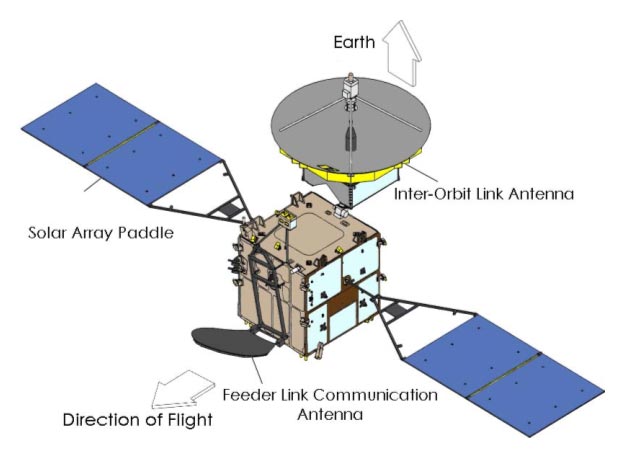
Fig.1 "Kodama" in Geostationary Earth Orbit

Fig.2 "Midori II" observation images obtained via "Kodama"
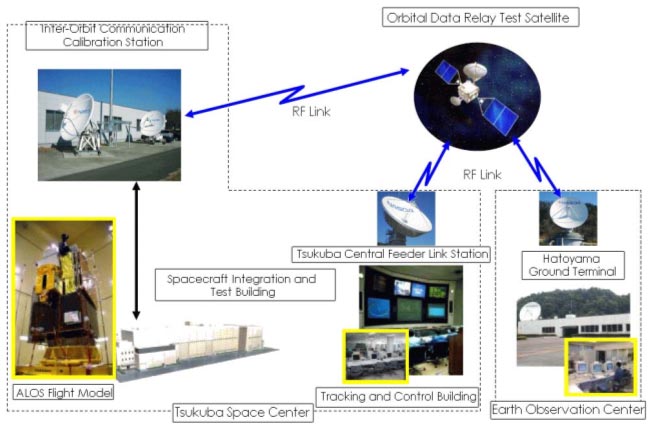
Fig.3 Configuration of ALOS end-to-end experiment
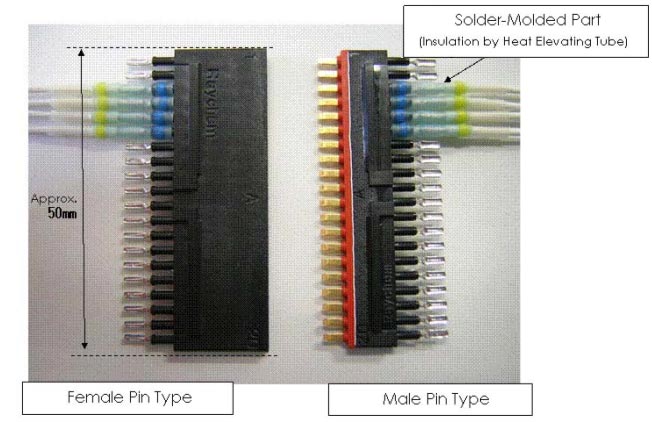
Fig.4 Connector used for power harness (used at paddle hinge part)
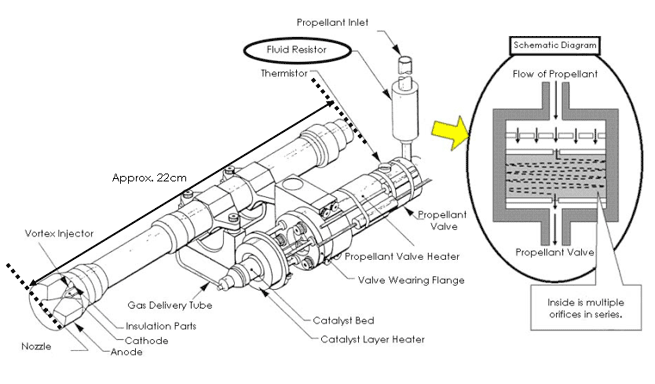
Fig.5 Direct Current Arcjet Thruster/Fluid Resistor
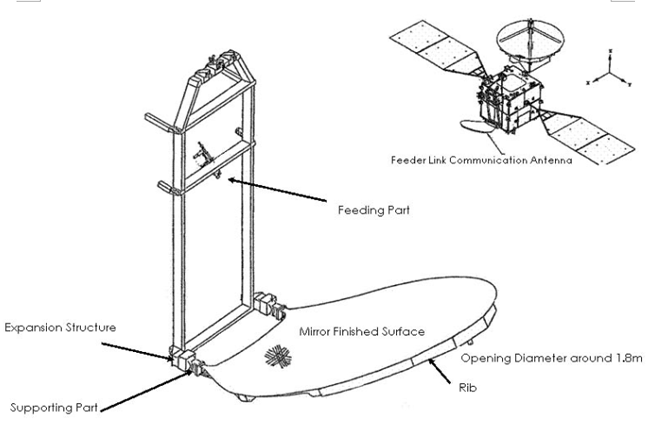
Fig. 6 Feeder Link Communication Antenna
|
|
For inquiries:
JAXA Public Affairs Department
Tel: +81-3-6266-6413 to 7, Fax: +81-3-6266-6910